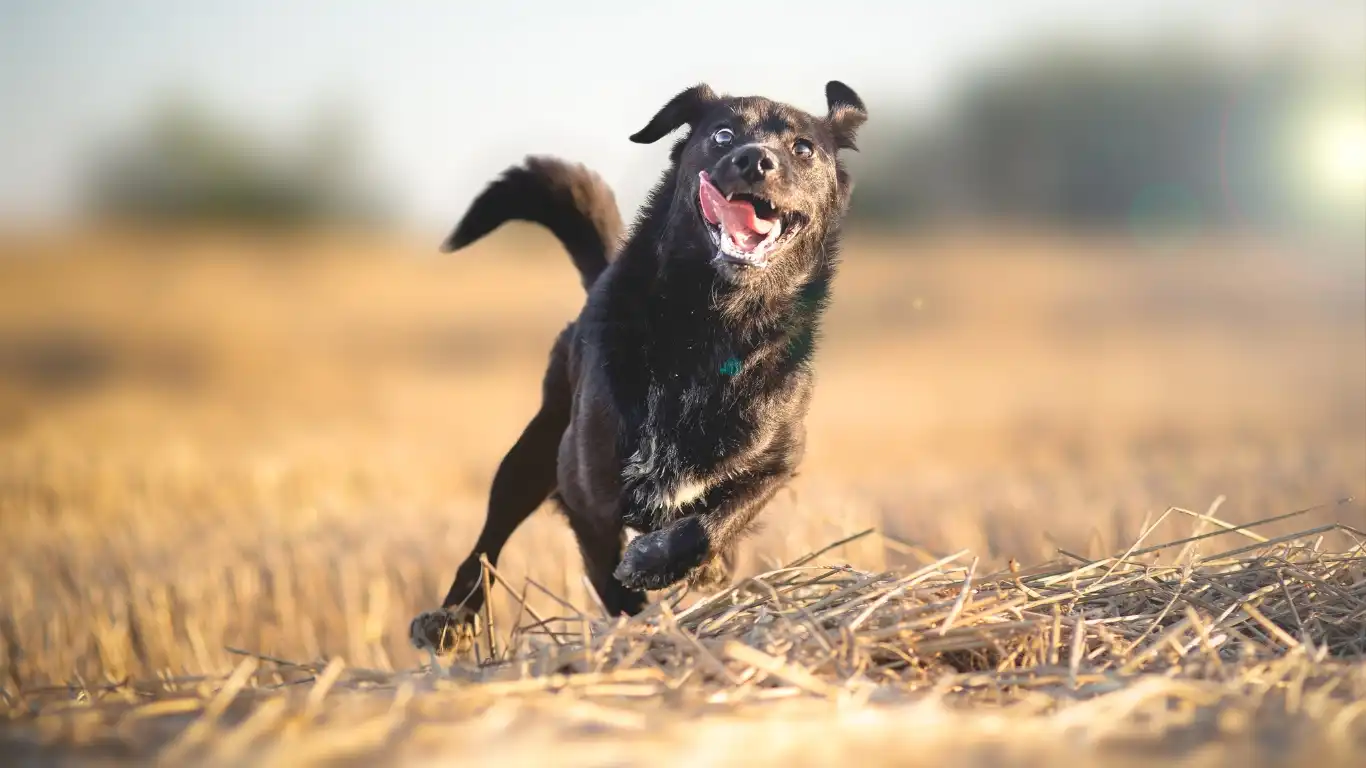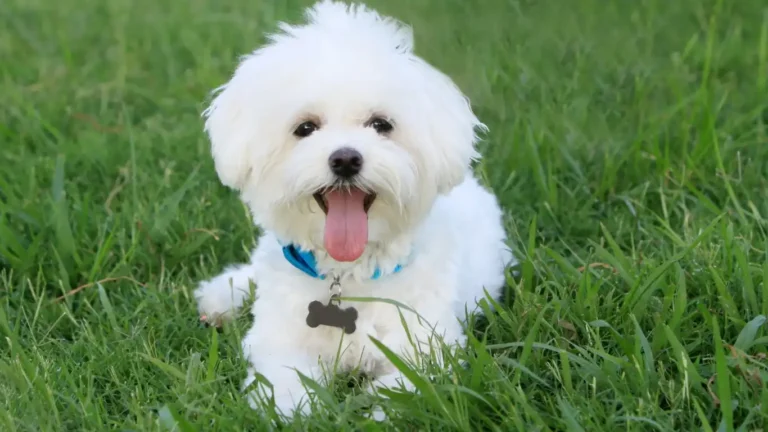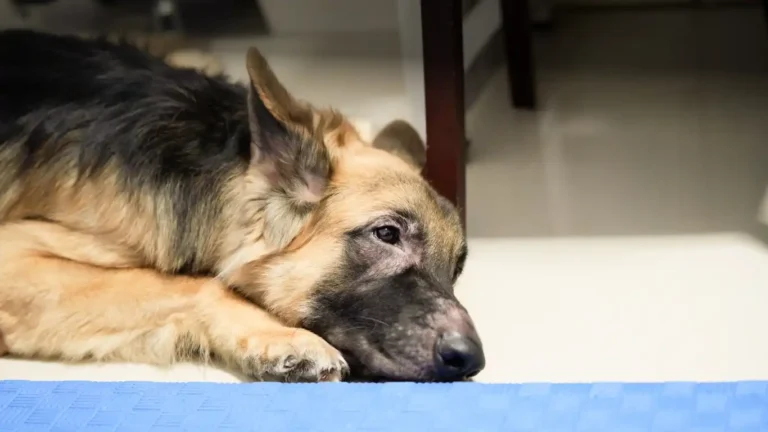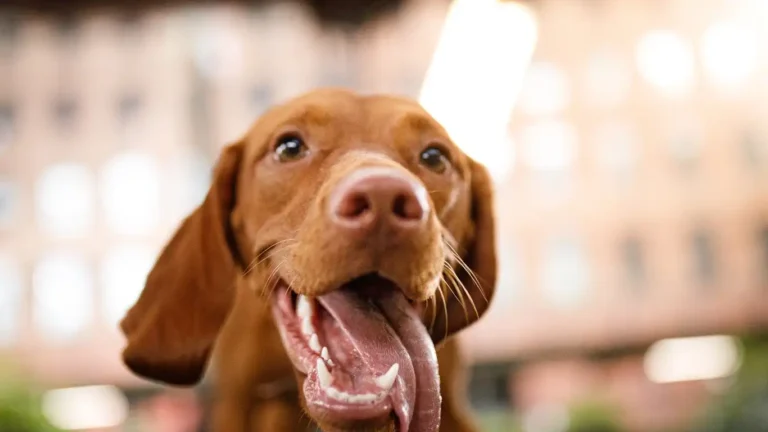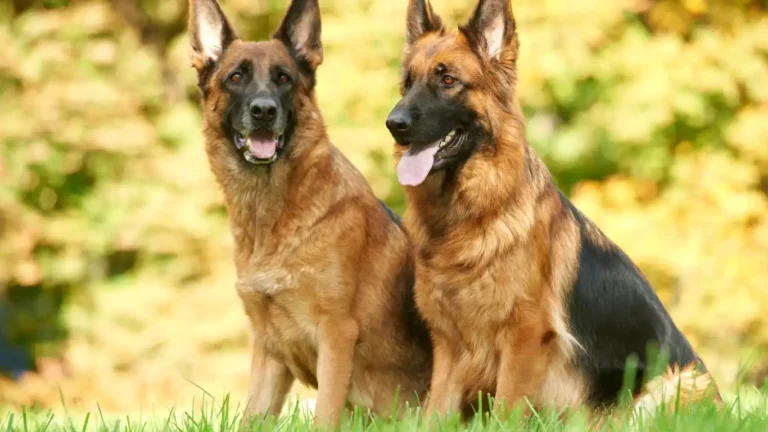How to Teach Your Dog to Enjoy Bath Time Without the Stress
If you’ve ever tried to wrangle a wet, wriggling Labrador into a tub only to come out soaked, scratched, and wondering why you didn’t just skip bath time altogether… hey, you’re not alone. As a Veterinary Technician specializing in nutrition, I’ve spent years helping pet parents with all kinds of issues—many of them thinking they were the only ones with a bath-hating furball. But here’s the good news: learning how to teach your dog to enjoy bath time isn’t some magical skill you either have or you don’t. It’s 100% teachable, and often just needs a bit of patience, the right tools, and a few mindset shifts (for both of you!).
Understanding Why Bath Time Can Be So Stressful for Dogs
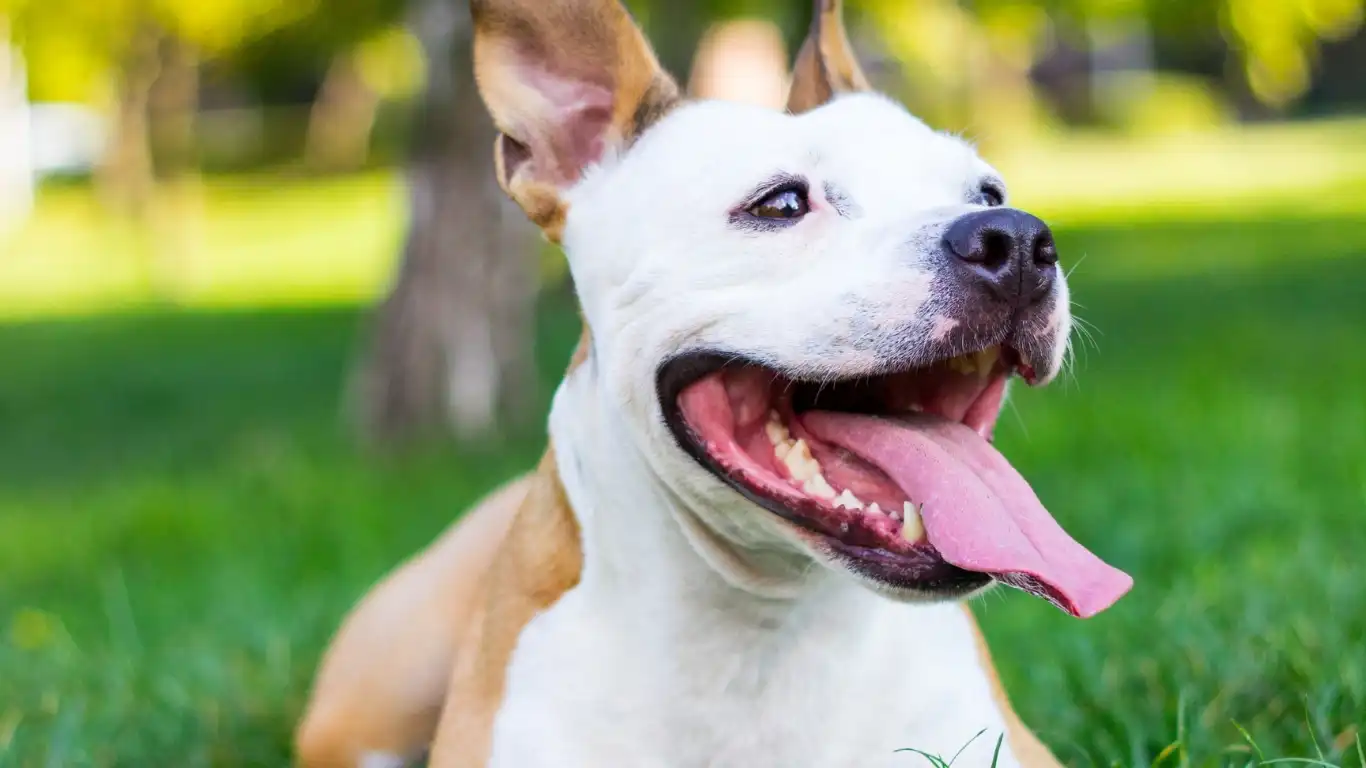
Let’s be honest, bath time is kind of weird
Think about it from your dog’s perspective. One minute, they’re snoozing on the couch, and the next, you’re dragging them into a slippery tub where water pours from the sky and there’s shampoo in their eyes. If that’s not confusing, I don’t know what is. Add in loud water sounds, odd smells, and that “trapped” feeling—and it’s a recipe for stress.
Back when I first started in vet med, I remember this sweet old Spaniel named Ruby. She’d break into a full-on panic just hearing the faucet turn on. Turns out, she’d once been startled by a sudden splash as a puppy. That one experience set the tone for years of stress. Sound familiar?
Common reasons dogs hate baths
- Fear of slipping – Bathtubs and tiled floors aren’t exactly paw-friendly.
- Bad past experiences – Like Ruby, one bad memory can make a lasting impression.
- Sensory overload – Strange sounds, smells, and sensations all at once can be overwhelming.
- Lack of control – Most dogs like to feel in control of their environment. Being picked up and plopped in a tub? Not ideal.
Creating Positive Bath Time Associations
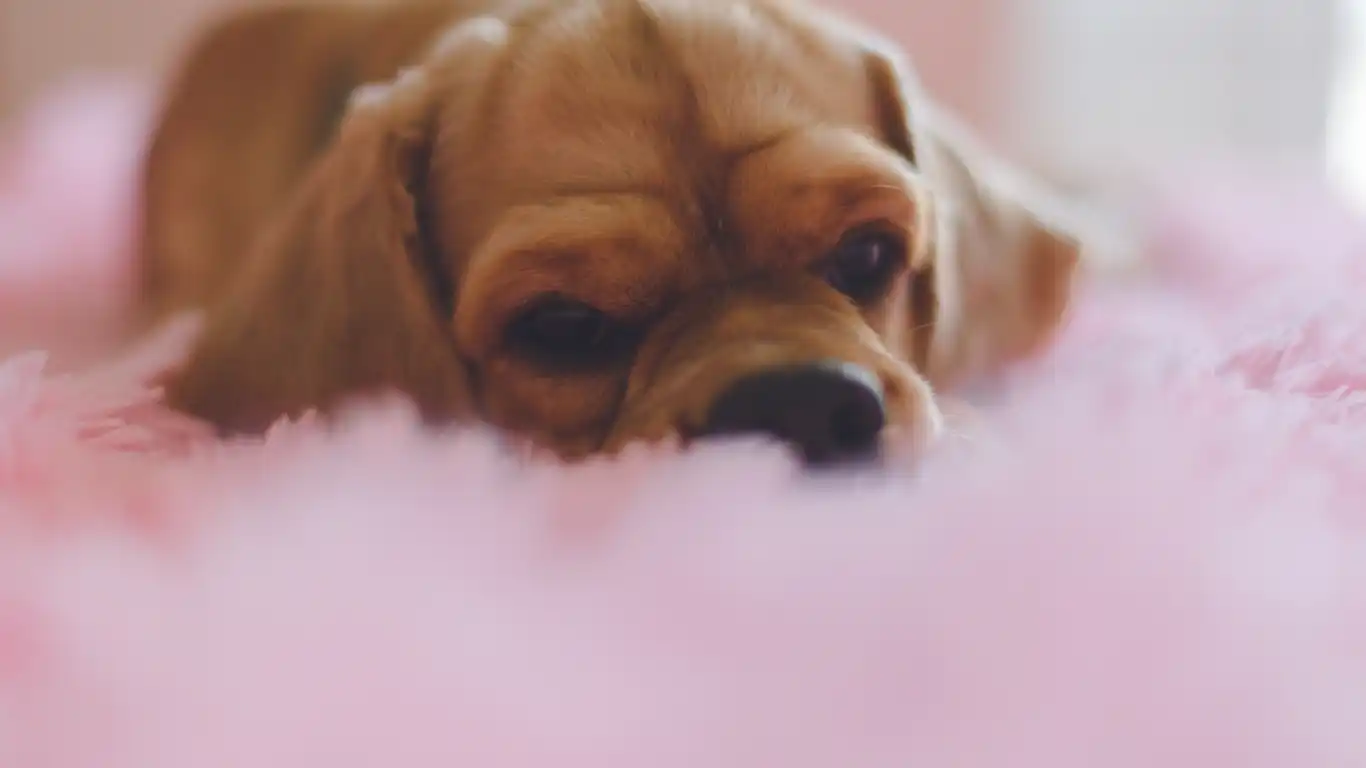
Start outside the bathroom
Before you even bring out the hose or fill the tub, start with baby steps. Teach your dog that the bathroom = good things. Bring their favorite treats into the room. Sit on the floor with them and just hang out. Let them sniff around, explore, and chill. No pressure.
One trick that worked wonders with my own rescue pup, Olive, was to bring peanut butter on a spoon and just let her lick it while sitting on a towel near the tub. No water. No shampoo. Just vibes.
Use high-value rewards
This is not the time for dry kibble. We’re talking about the good stuff—chicken, cheese, freeze-dried liver. Every positive interaction should be immediately followed by a reward. Did they step into the tub on their own? Jackpot! Tail wagging while you turn on the water? You bet that deserves a treat.
- Start with no water—just hop in, get a treat, hop out.
- Next session, add in a tiny bit of lukewarm water—paws only.
- Slowly work up to a full bath over several short sessions.
Don’t rush this. Go at your dog’s pace, not yours.
Essential Tools That Make a Big Difference

Non-slip mats = game changer
I can’t tell you how many dogs I’ve seen panic simply because they feel like they’re skating on ice. Add a rubber bath mat or even a folded towel in the tub to give them some grip. You’d be amazed at how that small tweak can build confidence.
Shower head attachments & gentle water flow
Standard faucets can be loud and a little intense. A detachable shower sprayer with adjustable pressure lets you control the flow and direction, making the rinse-down way less scary.
Treat-dispensing lick mats
Stick one of these to the wall with some peanut butter or soft cheese smeared on, and boom—you’ve just created a bath-time distraction that doubles as a reward. I keep a few of these handy in my own home setup and recommend them to every client.
Timing and Energy Matter More Than You Think
Don’t bathe a hyped-up dog
Trying to bathe a dog who just zoomed around the yard is like trying to bathe a toddler after a birthday party. Schedule bath time when your pup is naturally a little more chill—maybe after a walk or in the evening when things are winding down.
Mind your own mood
This might sound woo-woo, but dogs are ridiculously good at reading our energy. If you’re stressed or dreading it, they’ll pick up on that. Take a deep breath. Keep your voice light. I usually sing goofy songs to Olive while I rinse her—it keeps me relaxed, which helps her stay calm too.
Desensitization Techniques That Actually Work

Let them explore the tools first
If you only bring out the shampoo and sprayer when it’s go-time, your dog will quickly associate those items with bath-time doom. Instead, try leaving the tools out in plain sight during non-bath days. Let your dog sniff the shampoo bottle, or play with the sprayer hose while it’s dry. This helps eliminate the surprise factor.
One of my clients had a German Shepherd named Max who would bolt at the sight of a shampoo bottle. We started “tool playtime” using scentless training sessions—letting him sniff, lick, and interact with the bath tools while getting tons of praise and treats. Within a week, he was wagging his tail at the sight of the sprayer. Total 180!
Use mock bath sessions
No water, no pressure. Just a dry run where your pup steps into the tub, hears the sprayer click (but nothing comes out), and maybe gets a gentle towel rub. Reward heavily and keep sessions short and sweet. These mock runs are like dress rehearsals—they build confidence without the stress.
Gradual water introduction
Some dogs don’t mind the tub—until the water shows up. If that’s your dog, work slowly by introducing water in phases. First, have it trickling from the faucet while your pup sits nearby. Then let the water run near them while they’re in the tub (without aiming it directly). Work your way up to gentle rinses over multiple sessions.
Choosing the Right Products Makes a Huge Difference

Go for gentle, dog-specific shampoos
One big mistake I see all the time is using human shampoo—or worse, dish soap—on dogs. Not only is that harsh on their skin, but it can also cause irritation, which leads to negative associations with bathing.
Look for pH-balanced shampoos made specifically for dogs. Bonus points if they have calming ingredients like oatmeal, aloe vera, or lavender. I use a lavender oatmeal formula in my own home—it smells great and seems to soothe anxious pups during spa day.
Avoid overwhelming scents
Dogs have an insanely powerful sense of smell. What smells “light and fresh” to us might be a full-on punch to their sensitive noses. Choose unscented or lightly scented options to keep things comfortable for your dog.
Warm—not hot—water is key
This seems obvious, but it’s worth repeating. If the water’s too cold, your dog will tense up. Too hot, and it can be downright painful. Aim for lukewarm—test it on your wrist first, just like you would for a baby bath. The right temperature makes all the difference.
How to Handle Anxiety and Fear Like a Pro
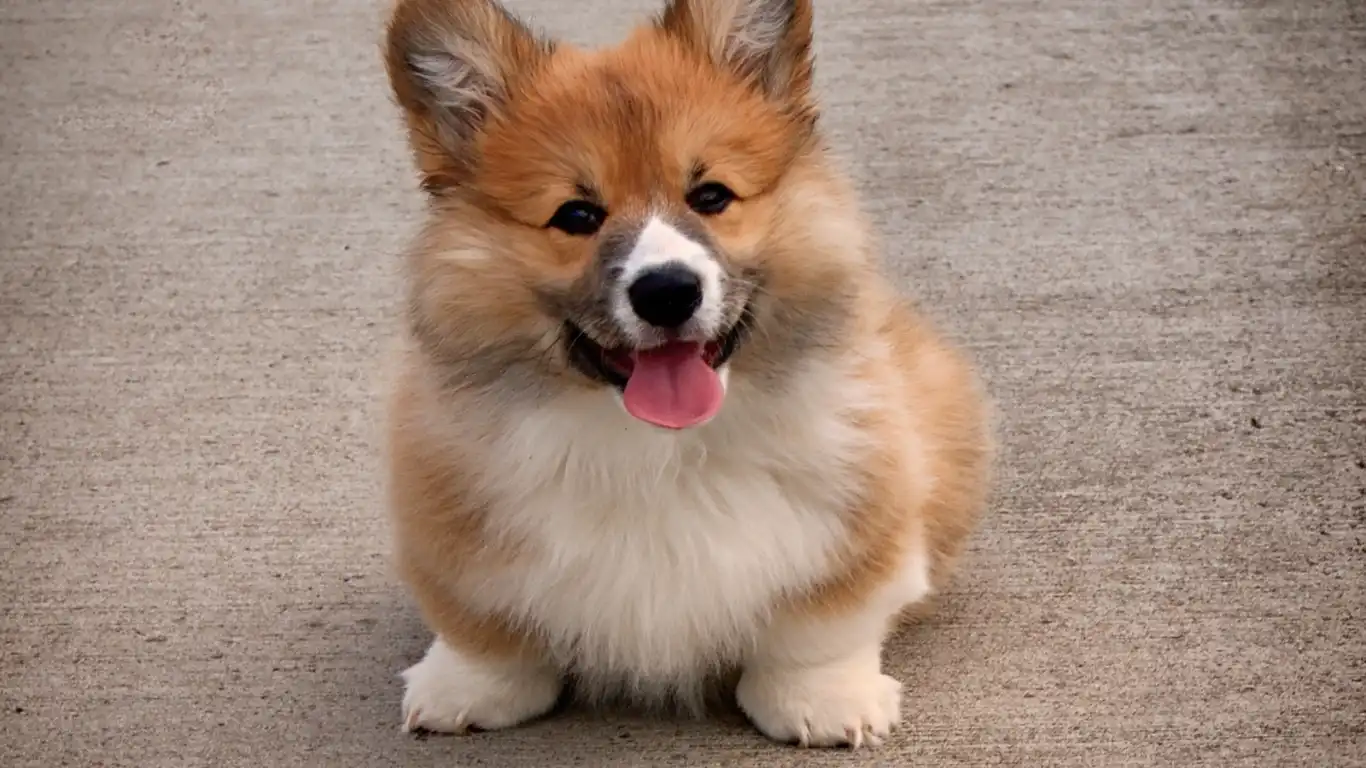
Watch their body language
Dogs speak volumes through their posture, ears, eyes, and tails. Flattened ears, tucked tails, yawning (yep, it’s a stress signal), or licking lips can all mean your pup’s feeling anxious. If you spot those signs, don’t push forward—give them a break and reset.
In the clinic, I’ve had to stop mid-bath many times just to regroup. Forcing through it only makes things worse in the long run. Build trust by honoring your dog’s limits.
Use calming tools if needed
There’s no shame in bringing in reinforcements. Calming sprays (made with dog-safe essential oils), anxiety vests, and even background music can work wonders. Some dogs also do well with pheromone diffusers near the bath area. Just make sure to test anything new in a non-stressful setting first.
Don’t be afraid to seek help
Look, not every dog is going to love bath time right away. And that’s okay! If your pup has deep-seated fears, working with a certified dog behaviorist or fear-free trainer might be the best move. It’s all about setting them up for success, not forcing a perfect performance.
Setting Up a Consistent Routine
Consistency builds trust
Just like with nutrition and training, consistency in bathing routines creates a sense of safety. Pick a regular time of day or day of the week. Use the same tools. Keep the same calm energy. Over time, your dog starts to know what to expect—and when that happens, the stress tends to melt away.
I always recommend pairing bath time with something positive afterwards—a walk, a snuggle session, or even a special treat that only comes out post-bath. That way, your dog starts to associate the whole process with good stuff.
Drying matters too
Don’t just rush through the rinse and call it a day. Dogs often dread the drying part just as much, if not more. Towels should be warm and soft—not scratchy or cold. And if you’re using a blow dryer, make sure it’s on the lowest setting with a pet-safe diffuser.
My golden rule? Drying time = bonding time. Take your time. Talk to your dog, reward them for staying calm, and make it a relaxing finish instead of a chaotic ending.
Getting the Whole Family Involved
Make it a team effort
If your dog has more than one trusted human in the home, get them involved! One person can focus on gentle handling and treats, while the other takes care of the rinsing. This tag-team approach can lower stress dramatically—especially for bigger or more nervous dogs.
In my own home, bath time is a bit of a family ritual. Someone cues up music, someone grabs the peanut butter lick mat, and we all get through it together. Honestly, it’s kind of become a bonding moment for all of us (even if we all end up a little soaked).
Celebrating Small Wins Along the Way
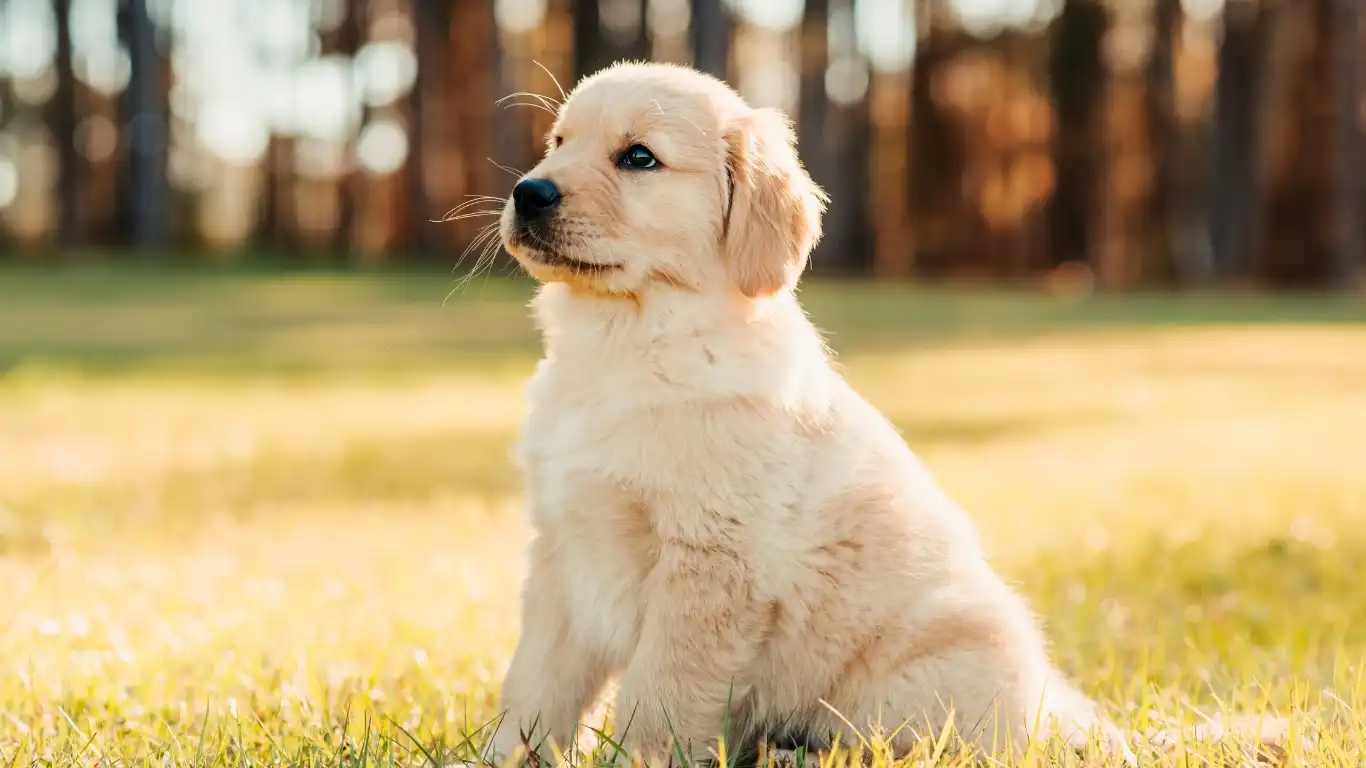
Progress is never linear
Look, not every bath is going to be Instagram-worthy. Some days your dog might hop right in, tail wagging. Other days? They’ll act like the tub is lava. And that’s okay. Just like with training or diet transitions, there are ups and downs. What matters most is consistency and recognizing the small victories.
When I was working with a particularly anxious rescue named Tilly, we celebrated every baby step—stepping near the tub, staying calm while water trickled, even letting me brush her damp fur without panicking. Over a few months, bath time went from a battle to a peaceful 10-minute ritual. She still gives me the side-eye when I pull out the towels, but there’s no more panic—and that’s a win in my book.
Keep a bath-time journal
This might sound extra, but it helps! Jot down how your dog reacted, what worked, and what didn’t. Over time, you’ll see trends. Maybe you notice your pup is calmer after longer walks, or reacts poorly when you use a certain shampoo. These little insights make a huge difference in improving the process long-term.
When to Call In a Pro
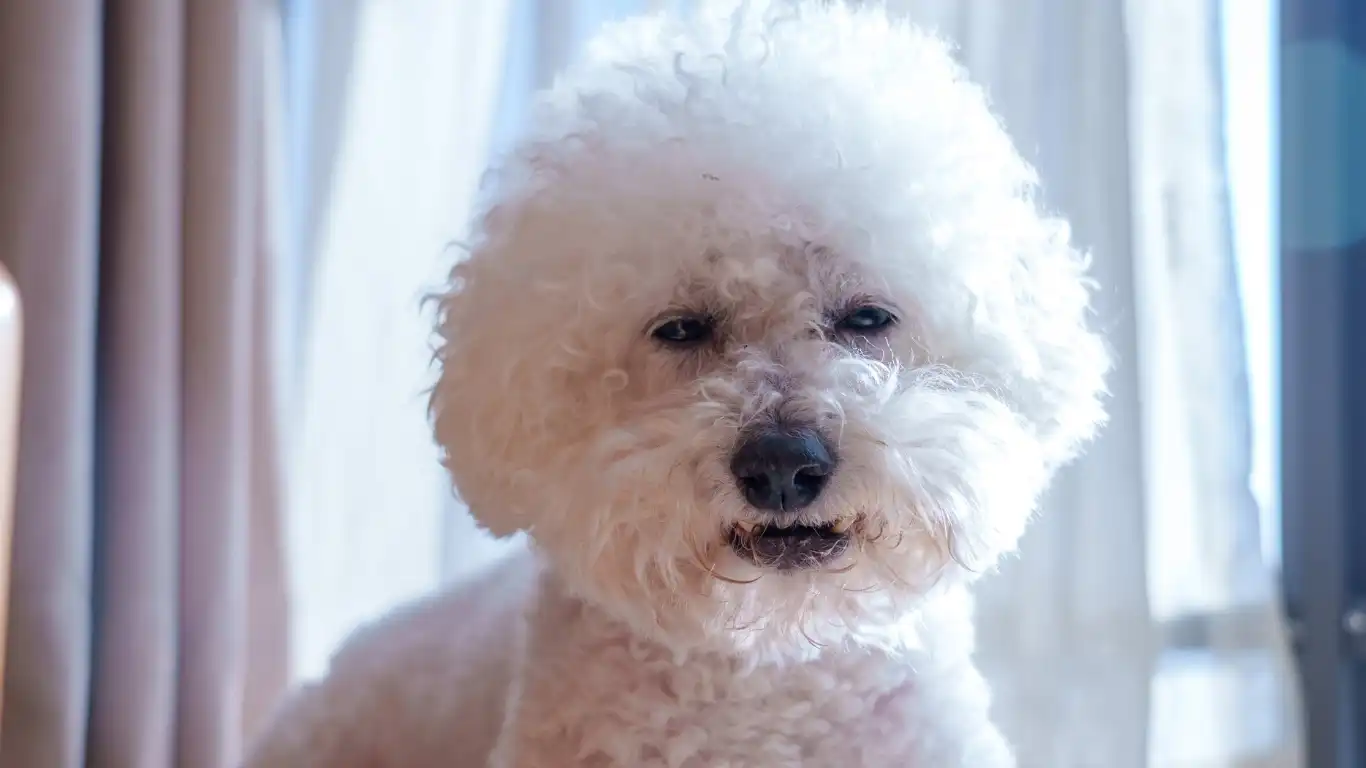
Some dogs need a little extra help
If your dog shows signs of serious fear—shaking, hiding for hours, growling, or trying to escape the bathroom—you might be dealing with more than just bath-time jitters. And that’s where the pros come in. There’s no shame in asking for help.
Fear-Free Certified Trainers, Veterinary Behaviorists, and experienced groomers can offer personalized strategies tailored to your dog’s specific triggers. And if there’s underlying medical anxiety, your vet might recommend calming supplements or medications to take the edge off.
One of my long-time clients had a dog with severe skin allergies who hated baths. It turned out the shampoo they were using (recommended online, not by a vet) was causing stinging due to open sores. Once we switched to a prescription formula and spaced out baths properly, the difference in behavior was dramatic. Always consult with a pro if you’re not sure.
Mobile groomers = less stress
If your dog gets worked up during car rides or in busy grooming salons, consider a mobile groomer. They come to your house, so your dog stays in a familiar environment. I’ve seen dozens of clients go this route with amazing results—especially for seniors or nervous rescues. It’s more personalized, often quieter, and way less overwhelming.
Final Tips to Make Bath Time a Long-Term Success
Less is often more
You don’t need to bathe your dog weekly unless they’ve got a medical reason or a serious dirt-rolling hobby. Overbathing can strip natural oils and lead to dry skin. For most dogs, once every 4–6 weeks is plenty. When in doubt, check with your vet or vet tech (hi that’s me!) for what’s ideal for your dog’s breed, coat, and lifestyle.
Use positive language and body cues
Dogs pick up on everything—your voice, posture, even how you breathe. Swap out “Ugh, bath time again” for “Let’s go get fresh and clean!” in your happiest voice. It sounds silly, but I swear it helps shift both your mindsets.
Let them decompress afterward
After the bath, give your dog time to shake it off (literally and emotionally). Whether it’s a towel-snuggle session, a few minutes in the sun, or a low-key sniff walk, let them recover in a calm, familiar setting. That reset helps end things on a positive note.
Final Thoughts: Turning Bath Time into Bond Time
Here’s the truth no one really talks about: learning how to teach your dog to enjoy bath time is as much about trust as it is about technique. It’s not just about shampoo and water—it’s about showing your dog that you’ve got their back, even in situations they find weird or scary.
With patience, empathy, and a little creativity, bath time can go from a dreaded chore to a sweet, bonding ritual that makes both of you feel closer. Some of my favorite moments with my own dogs have happened post-bath, wrapped in towels, getting kisses while they look up at me like, “Okay, that wasn’t so bad.”
So take a breath, go slow, and remember: You’ve got this. And your dog? They’ve got you too.
References
Disclaimer
This article is based on personal experience as a certified Veterinary Technician/Nurse specializing in canine nutrition and behavior, combined with current best practices in dog care. However, it is not a substitute for professional veterinary advice. Always consult with your veterinarian or a certified trainer for specific concerns regarding your dog’s health or behavior.
